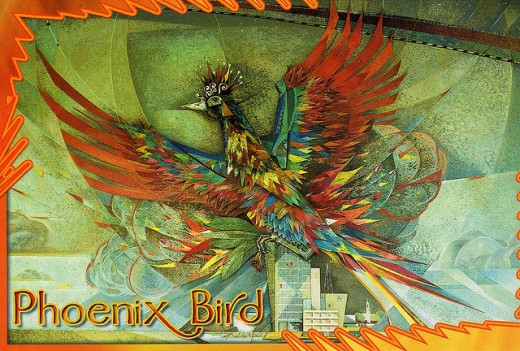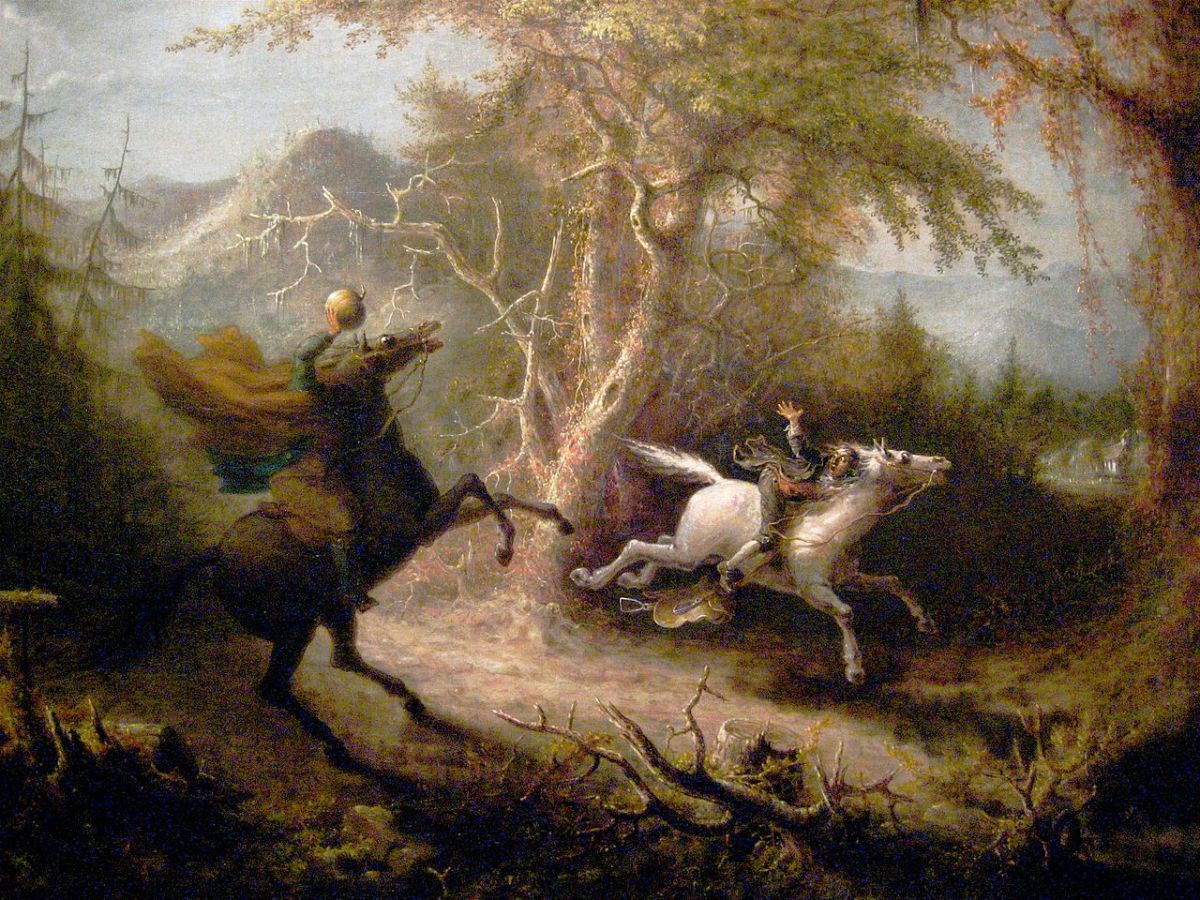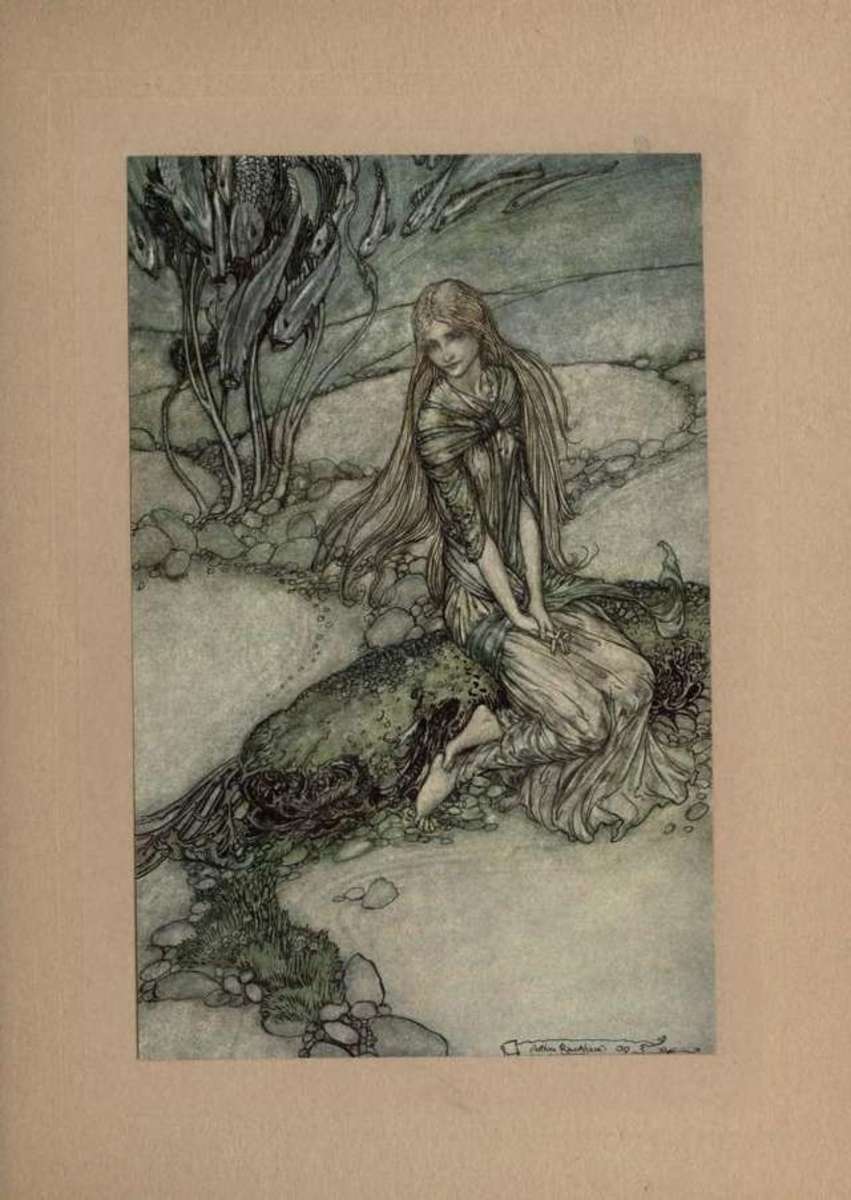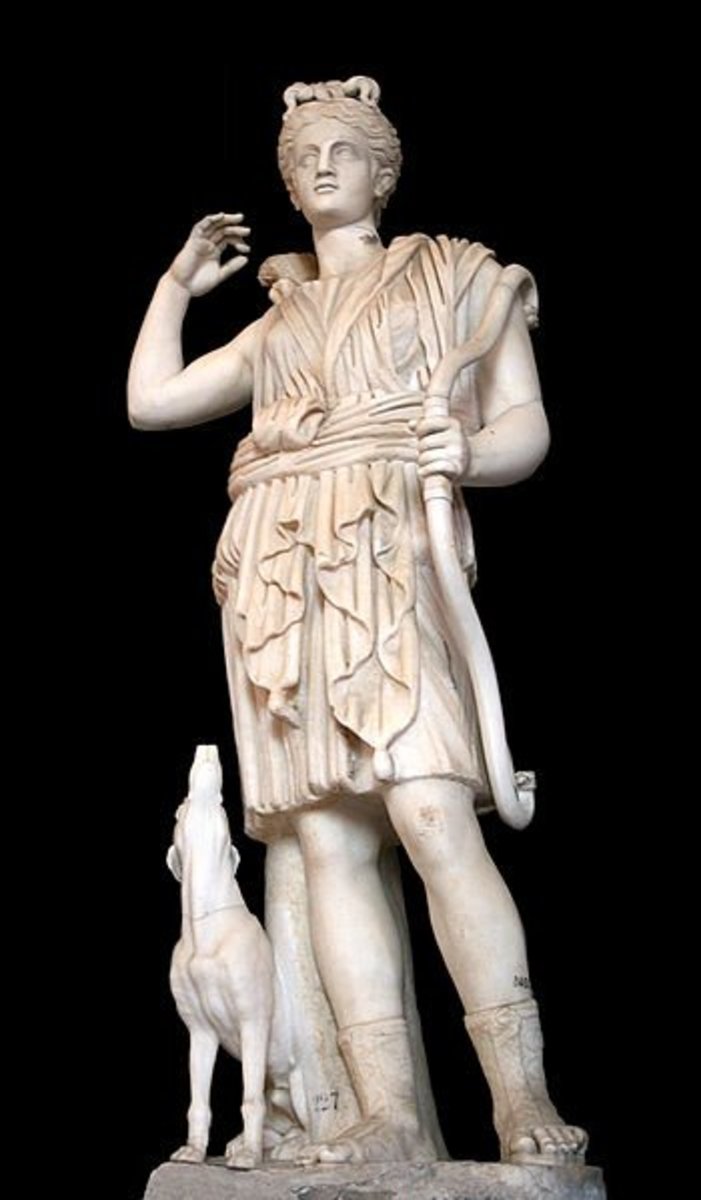A Detailed Look At The Symbolic Phoenix
Phoenix Of The Sun

The Symbolic Phoenix
The sacred and mysterious phoenix came to Heliopolis in Egypt, once every 500 years. According to the dwellers, this visit was to bury his father. According to historians, none of them have had the privilege of seeing this extraordinary bird, except in pictures. It is characterized with an eagle like appearance with red and golden plumage.
The tale tells that the phoenix carried his father from Arabia, all the way until the Temple of the Sun, encased in myrrh. The way he did this was by creating an egg from the myrrh plant, hollowed it completely out and placed his father inside. After doing so, plastered over it again with more myrrh and carried it to Egypt.
The fascinating phoenix had no technical father. He was the only creature that had the capability of reproducing and renewing itself. Additionally, the phoenix did feed on common seeds like other birds but rather ate the gum of frankincense, the juices from amomum and an herb from the ginger family.
After the phoenix had lived to be 500 years old, he built a nest up on top of a palm tree. He covered the nest with spikes of nard, cassia-bark, myrrh and cinnamon, placed himself on the top of the nest and dies. Produced from the dead body is a young phoenix who then lived for the next 500 years. Once during his life, he takes the nest from the tree, takes it to the Temple of the Sun and lays it at the door.
Phoenix: Firebird Suite Finale
Ancient Phoenix Of Egypt
The ancient Egyptians associated the phoenix with dreams of immorality. Their beliefs were so strong that the symbol spread through the Mediterranean. The bird was generally depicted as a heron. Remains of extremely large heron were found by archeologists, believed to be 5,000 years old. The Egyptians only saw this rare creature as a visitor once every 500 years or they heard tales about sightings from travelers on the Arabian seas.
The Egyptian phoenix had two very long feathers on top of its head and often wore an Atef crown of Osiris which was a white crown that had an ostrich feather on either side. It was an extremely sacred bird to the people of Heliopolis and was associated often with the sun.
At the end of the very first century, the first Christian interpretation came from Clement of Rome, being that the phoenix myth was an allegory representing life after death. It was also often compared to undying Rome, resulting in the phoenix appearing on coinage from the Roman Empire, symbolizing the Eternal City.
The Firey Phoenix

Arabian Phoenix
The Arabian phoenix was a remarkable mythical bird that was as big as an eagle, boasting gold and scarlet plumage and a distinct cry. The enchanted bird appeared every morning at dawn to sing a beautiful song that everyone would stop and listen to, including Apollo, the great sun god.
It is believed that there was only one phoenix in existence at a time. At the end of its life, it built a pyre nest, set it on fire and was consumed into the flames. The rebirth of the phoenix rose from the ashes. The young phoenix then gathered the ashes left behind of its father, puts them into a myrrh egg and deposited it at the alter to the sun god in Heliopolis.
The Arabian phoenix was a representation of death as well as the rebirth of the sun. It was eagle-like, killed nothing, crushed nothing, lived on dew and was the king of the birds.
Phoenix
Chinese Phoenix
The Chinese phoenix was a symbol of grace and virtue, prosperity and power. It was a representation of yin and yang and was believed to be a gentle creature, living on dew and never harming anything.
It paired with the dragon as a symbolism for the Empress and only the Empress was allowed to wear the symbol of the phoenix. It was a representation of power sent from the heavens.
Often a phoenix was used as a decoration in the house and it symbolized honesty and loyalty of the people that lived there. Jewelry was often made resembling a phoenix, meaning that the person wearing it had high moral values. Only those of great importance could wear such jewelry.
The Chinese phoenix had a swallow's face, a cock's beak, a goose's breast, a snake's neck, a tortoise's back, a stag's hindquarters and a tail of a fish. It was often depicted attacking snakes which is a contradiction of the gentle creature it was supposed to be.
The phoenix appeared in China for over 7,000 years. It was used to symbolize a Southern direction if a female and male were facing each other. Its song included the notes from a Chinese scale and its feathers were yellow, green, red, white and black, representing justice, decorum, honesty and loyalty. The phoenix was often placed on graves and tomes.
Phoenix Bird

Japanese Phoenix
The Japanese phoenix was called Ho-Oo. Ho was the male bird and Oo was the female bird. It was often depicted nesting in paulownia trees and only appeared when there was a birth of an important ruler, marking a new era. In other traditions, the Japanese phoenix appeared only in prosperous and peaceful times.
It was adopted as an important symbol of royal families, especially by the Empress. It represented justice, sun, obedience and fidelity and was often used on items like textiles, mirrors and chests.







